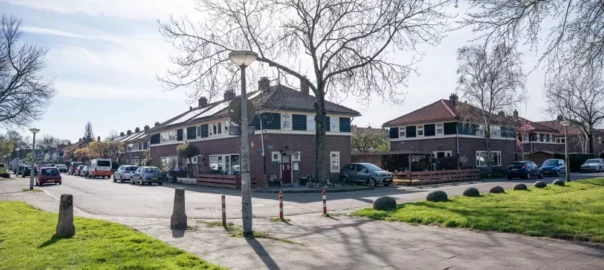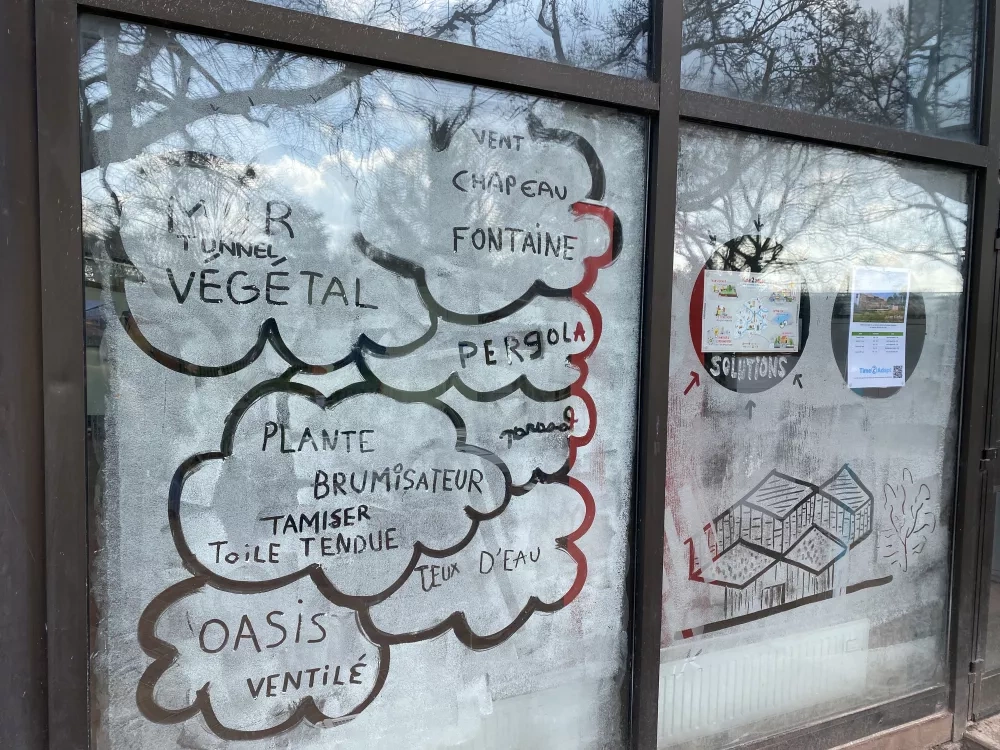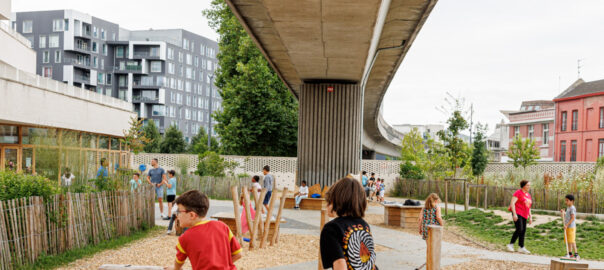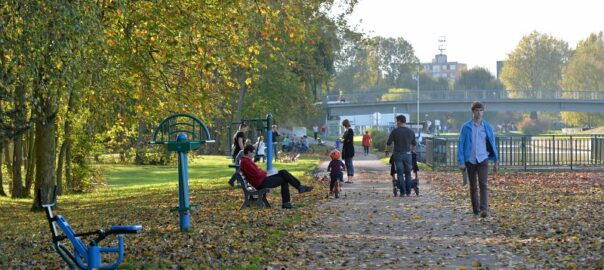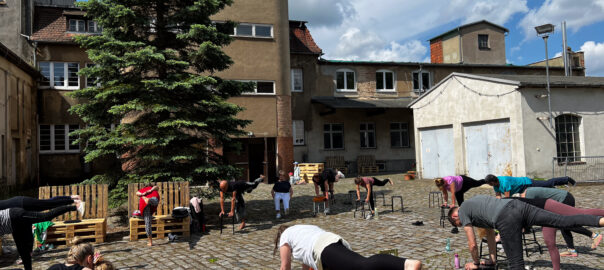Garden cities are generally known to be utopian urban planning projects striving to create better communities and better lives. Based on socialist ideas, they emerged as ecosystems enabling their residents to benefit from improved living conditions while being connected to each other and to nature. Nowadays, in many cities around the world, the garden cites have become on the one hand a refuge for middle class people seeking to reconnect to each other and nature in a charming environment, on the other, areas prawn to many urban planning challenges (from bad insulation, to flooding to safety and security issues) – especially affecting those lower income households still living there.
From a garden cities utopian concept to nowadays’ challenges and striving solutions – this article sketches the way the EUI Ground for Wellbeing project led by the City of Amsterdam, in the district of Tuindorp Oostzaan, is anchored in its social and cultural heritage while seeking to address initial planning issues leading to current increasing soil subsidence and impermeability.

